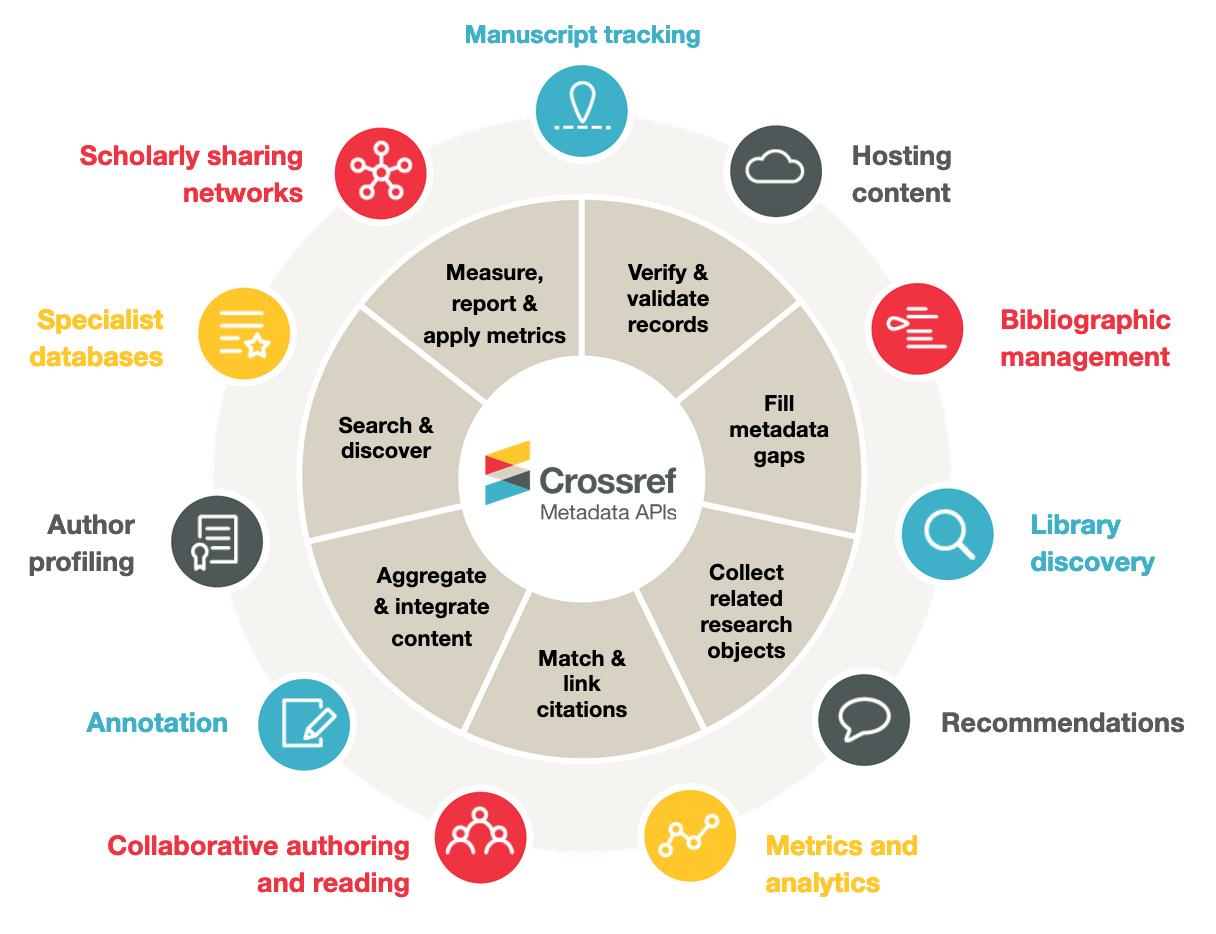Statistical evaluation related to blood donation worldwide
DOI:
https://doi.org/10.47993/gmb.v46i1.629Keywords:
altruism, donation, statistics, blood, solidarityAbstract
Objective: To report statistics related to human blood donation worldwide. Methods: the study is a one-dimensional exploratory comparative descriptive study. The information was compiled from the World Health Organization, World Population Review and Statistical. The multivariate clustering technique was used for data analysis. Results: Germany has the highest blood donation rate, followed by Denmark. In general, it can be seen that in European countries there is a greater culture of donation, while in countries located in Africa and some Asian countries, there are lower statistics on the subject. Conclusions: It is essential to encourage education programs in the countries related to the importance of donating blood, ensuring good communication to break down some barriers among potential donors.
Metrics
References
Bomfim de Souza MK, Santoro Domingo P. Donación de sangre y medicina transfusional en la prensa española. Revista Española de Comunicación en Salud. 2020;11(1):9-19 Disponible en: https://doi.org/10.20318/recs.2020.4717 DOI: https://doi.org/10.20318/recs.2020.4717
Aguilera LS, Martínez LM. (2021). La Donación de Sangre. Revista Repertorio de Medicina y Cirugía. 2021; 30(2):118–24. Disponible en: https://doi.org/10.31260/RepertMedCir.01217372.1036 DOI: https://doi.org/10.31260/RepertMedCir.01217372.1036
Daza Bolaño N, Sánchez Jaimes M, Vanegas Estévez T, Ortega Hernández I. Prevalencia de infecciones en donantes de sangre en la Universidad Industrial de Santander versus parques de la ciudad de Bucaramanga, 2014. Revista Médicas UIS. 2016;29(3):55-60. Disponible en: http://www.scielo.org.co/pdf/muis/v29n3/0121-0319-muis-29-03-00055.pdf DOI: https://doi.org/10.18273/revmed.v29n3-2016006
Montiel-A M, Arias-P J, Chávez-C M, Herrera-A O, Atencio-C M, Coronel-V K, Patiño-G A. Seroprevalencia de Sífilis en donantes del banco de sangre del Hospital Universitario de Maracaibo. Periodo 2012-2014. Kasmera. 2016;44(2):88-96. Disponible en: http://ve.scielo.org/scielo.php?script=sci_arttext&pid=S0075-52222016000200003
Latif MZ, Riaz H, Mujtaba SWA, Nizami R. Blood donation; knowledge, attitude
and practice of medical students. Professional Med J. 2017;24(3):370-4. Disponible en: DOI: https://doi.org/10.29309/TPMJ/2017.24.03.1546
https://doi.org/10.17957/TPMJ/17.3554
Mamatya A, Prajapati R, Yadav R. Knowledge and practice of blood donation: a comparison between medical and non-medical Nepalese students. Nepal Med Coll J. 2012;14(4):283–6. Disponible en: https://pubmed.ncbi.nlm.nih.gov/24579535/
Mikkelsen N. Donor associations, a key link between donors and blood centres. ISBT Sci. Ser. 2010;5(1):12–6. Disponible en: https://doi.org/10.1111/j.1751-2824.2010.01393.x DOI: https://doi.org/10.1111/j.1751-2824.2010.01393.x
Mensa MS, Bassa B. Prevalence and Predictors of Voluntary Blood Donation Among Adult Ambulatory Patient Attendants at Arba Minch General Hospital, SNNPR GamoGofa Zone, Southern Ethiopia. J Hematol Transfus. 2017;5(1):1060. Disponible en: https://doi.org/10.47739/2333-6684/1060 DOI: https://doi.org/10.4172/2327-5146.1000300
Zeleke AM, Azene ZN. Willingness and Its Associated Factors for Blood Donation in Gondar Town, Northwest Ethiopia: A Community-Based Cross-Sectional Study. Hygiene 2022; 2(4):212–25. Disponible en: https://doi.org/10.3390/hygiene2040019 DOI: https://doi.org/10.3390/hygiene2040019
WHO. Global status report on blood safety and availability 2016. Geneva: World Health Organization; 2017. Disponible en: https://apps.who.int/iris/bitstream/handle/10665/254987/9789241565431-eng.pdf
Torrent-Sellens J, Salazar-Concha C, Ficapal-Cusí P, Saigí-Rubió F. Using Digital Platforms to Promote Blood Donation: Motivational and Preliminary Evidence from Latin America and Spain. Int. J. Environ. Res. Public Health. 2021;18(8):4270. Disponible en: https:// doi.org/10.3390/ijerph18084270 DOI: https://doi.org/10.3390/ijerph18084270
WHO. Blood Safety and Availability, Fact Sheet. World Health Organization; 2022. Disponible en: https://www.who.int/en/ news-room/fact-sheets/detail/blood-safety-and-availability
De Oliveira EM, Reis IA. What are the perspectives for blood donations and blood component transfusion worldwide? A systematic review of time series studies. Sao Paulo Med J. 2020;138(1):54-9. Disponible en: https://doi.org/10.1590/1516-3180.2019.0415.R1.06112019 DOI: https://doi.org/10.1590/1516-3180.2019.0415.r1.06112019
Fernández Mendoza LE, Torres Cancino II, González Gracia I, Hoyos Mesa AJ, García Bellocq M, Medina Tápanes E. Importancia de la sangre, hemoderivados y las donaciones voluntarias de sangre. Revista Médica Electrónica. 2020;42(1):1-8. Disponible en: http://scielo.sld.cu/pdf/rme/v42n1/1684-1824-rme-42-01-1674.pdf
Cuba Sancho JM, Paredes García VA, Merino Lozano AL. Conocimientos y actitudes hacia la donación voluntaria de sangre que tienen los estudiantes de Enfermería y Medicina de una universidad pública de Lima Perú. Revista de Investigación Científica Ágora. 2021; 8(1):23-8. Disponible en: https://doi.org/10.21679/arc.v8i1.203 DOI: https://doi.org/10.21679/arc.v8i1.203
Gómez Alvarez A, Flórez Duque J, Cardona Arias JA. Motivos de diferimiento de potenciales donantes de un banco de sangre de Medellín-Colombia, 2012-2018. Revista Investigaciones Andina. 2021;22(41):97-111. Disponible en: https://revia.areandina.edu.co/index.php/IA/article/view/1778#:~:text=Resultados%3A%20Los%20principales%20motivos%20de,a%20infecciones%20trasmisibles%20por%20transfusi%C3%B3n. DOI: https://doi.org/10.33132/01248146.1778
Snelling, PC. Challenging the moral status of blood donation. Health Care Analysis. 2014;22(4):340-65. Disponible en: https://pubmed.ncbi.nlm.nih.gov/22983763/ DOI: https://doi.org/10.1007/s10728-012-0221-4
Lise H, Nissen JS. Donor health assessment – When is blood donation safe?. Transfusion and Apheresis Science. 2019;58(1):113–6.
Disponible en: https://doi.org/10.1016/j.transci.2018.12.016 DOI: https://doi.org/10.1016/j.transci.2018.12.016
Shamsudeen M, Harry BE. Motivational factors for blood donation, potential barriers, and knowledge about blood donation in first-time and repeat blood donors. BMC Hematology. 2018;18(36): 2-9. Disponible en: https://doi.org/10.1186/s12878-018-0130-3 DOI: https://doi.org/10.1186/s12878-018-0130-3
Stock B, Möckel L. Characterization of blood donors and non-blood donors in Germany using an online survey. Health Technol. 2021;11(1):595–602. Disponible en: https://doi.org/10.1007/s12553-021-00532-y DOI: https://doi.org/10.1007/s12553-021-00532-y
Joshi D, Meakin R. Views and attitudes towards blood donation: a qualitative investigation of Indian non-donors living in England. BMJ Open. 2017;7:e018279. Disponible en: https://doi.org/10.1136/ bmjopen-2017-018279 DOI: https://doi.org/10.1136/bmjopen-2017-018279
Dodd RY, Xu M, Stramer SL. Change in Donor Characteristics and Antibodies to SARS-CoV-2 in Donated Blood in the US 2020. JAMA. 2020;324(16):1677-9. Disponible en: https://doi.org/10.1001/jama.2020.18598 DOI: https://doi.org/10.1001/jama.2020.18598
Klinkenberg EF, Fransen MP, De Kort WLAM, Van Weert JCM, Huis in’t Veld EMJ, . Blood donation among individuals of African origin in the Netherlands: how are barriers and motivators associated with intention?, Blood Transfus. 2021;19:24-33. Disponible en: https://doi.org/10.2450/2020.0049-20
Asamoah-Akuoko L, Hassall OW, Bates I, Ullum H. Blood donors' perceptions, motivators and deterrents in Sub-Saharan Africa – a scoping review of evidence. British Journal of Haematology. 2017;177(6):864-77. Disponible en: https://doi.org/10.1111/bjh.14588 DOI: https://doi.org/10.1111/bjh.14588
Arias Quispe S, Moscoso Porras M, Matzumura Kasano J, Gutiérrez Crespo H, Pesantes MA. Experiencias y percepciones de los donantes de sangre sobre la donación en un hospital público de Perú. Horiz Med. 2018;18(3):30-6. Disponible en: http://www.scielo.org.pe/pdf/hm/v18n3/a06v18n3.pdf DOI: https://doi.org/10.24265/horizmed.2018.v18n3.06
Sharifa B, Sultana N, Farzana S, Ahmed R, Golam R. Awareness about blood donation among donors at a specialized tertiary level public hospital. Updat Dent. Coll. 2016;6(2):21-6. Disponible en: https://www.banglajol.info/index.php/UpDCJ/article/view/31724 DOI: https://doi.org/10.3329/updcj.v6i2.31724
Aldamiz-Echevarria C, Aguirre-Garcia MS. Modelo de comportamiento de los donantes de sangre y estrategias de marketing para retenerles y atraerles. Revista Latino-Am. Enfermagem. 2014;22(3):467-75. Disponible en: https://doi.org/10.1590/0104-1169.3398.2439 DOI: https://doi.org/10.1590/0104-1169.3398.2439
Downloads
Published
How to Cite
Issue
Section
License

This work is licensed under a Creative Commons Attribution-NonCommercial-ShareAlike 4.0 International License.





























